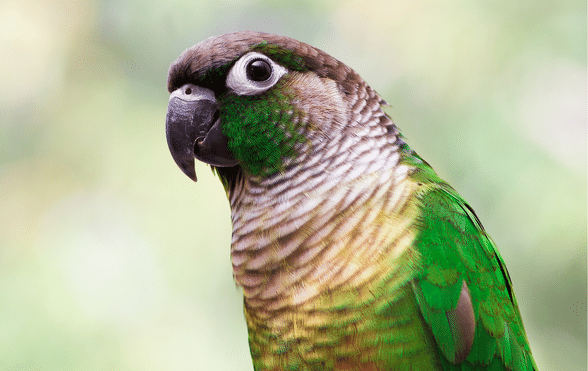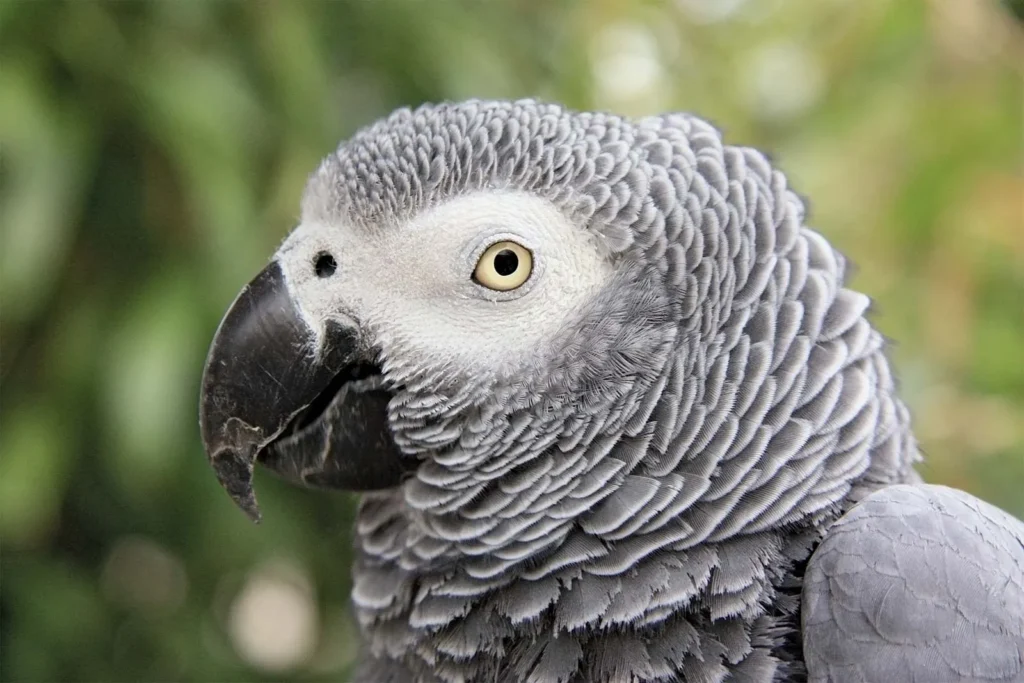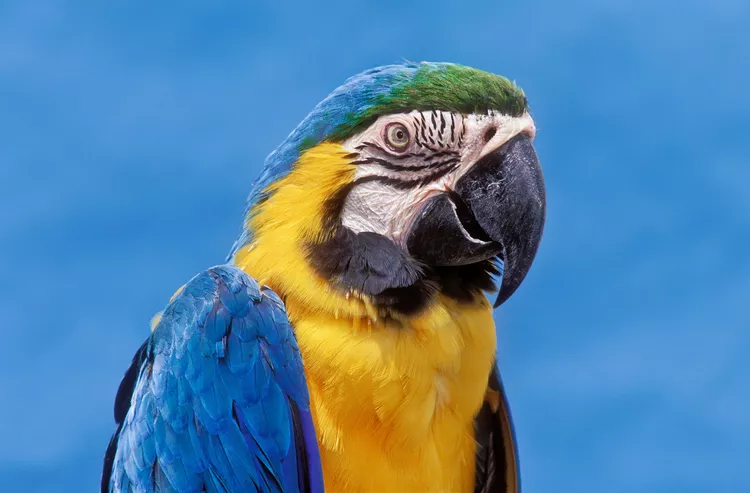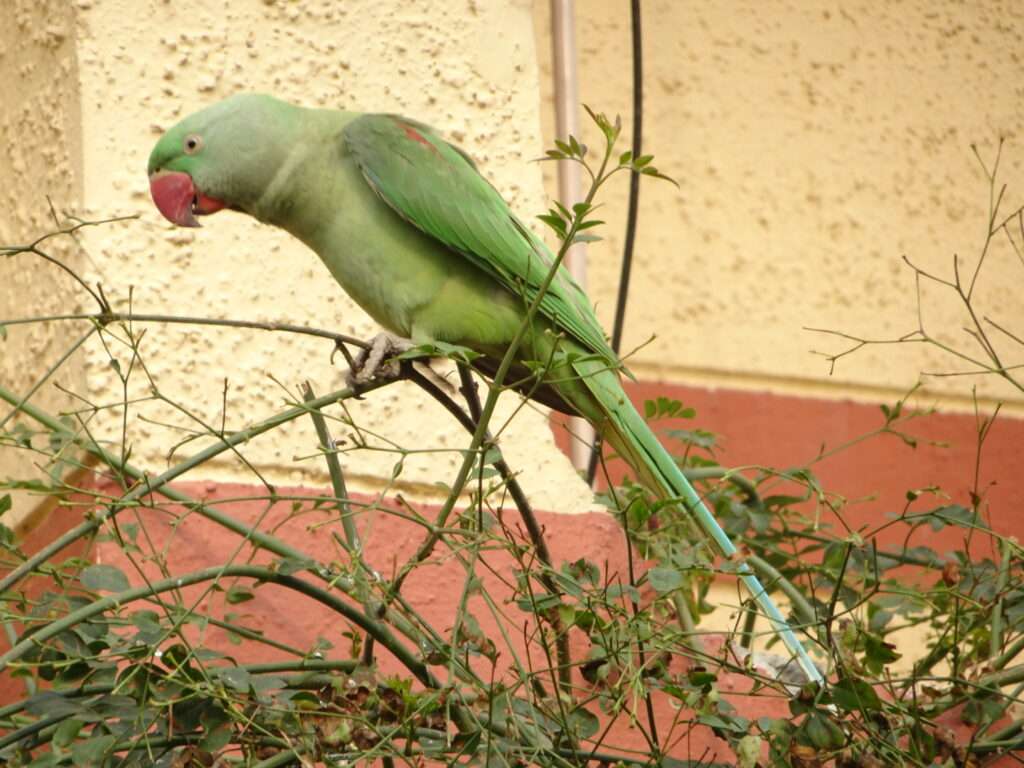
Description
Life span: up to 20 years
Green-cheeked parakeets are another name for green-cheeked conures. They have brilliant green wings and backs, red on their tails and chests, and bright green on the tips of their wings. They can be recognised by their black head feathers, whitish neck ring, and olive green markings surrounding the red dots on their chest and cheeks.
Especially when compared to its larger cousins, the Green-cheeked conure’s low noise level, tiny height, and reasonable price make it a favorite among bird beginners. The green-cheeked conure has a wide range of accessibility due to its rapid reproduction.
Habitat/Native Region
A native of South America, the green-cheeked conure can be found in the forests and woodlands of Bolivia, Brazil, Paraguay, and Argentina. At treetop level or in larger groups where there is more food, it frequently dwells in groups of 10 to 20 birds.
As Pet

Behavior
Green-cheeked conures are typical indoor pets. They are affectionate and vivacious and enjoy interacting with their owners. The most relaxed of the conure species, green-cheeked conures can occasionally be belligerent and stubborn like any other bird. They may be very particular about their surroundings, not liking specific people or even specific sounds, images, or smells. They could develop feelings for one person while harboring animosity for others. Some people would react in the opposite way, curiously chit chatting with strangers and even boasting.
Given that it is one of the more tranquil conures, the green cheek is a favorite among owners. Despite not calling as frequently or loudly, it does make some noise. Even while certain green-cheeked conures can acquire a lot of words and have been heard talking, their speaking abilities aren’t usually thought to be all that great.
Care
When kept in a cage with other green-cheeked conures, a green-cheeked conure should thrive, but not with other bird species. If housing the birds in a cage, make sure the size is increased for each additional bird. A green-cheeked conure should be fed a manufactured diet that is nutrient-balanced and enhanced with fresh fruit, vegetables, and wholesome table food.
There should be a tonne of platforms and toys for them to enjoy, as well as a variety of levels for them to explore. Conures should always have activities to engage in because of their high level of energy. They appreciate many types of stimulation, and they should have no trouble finding things to keep them busy.
Table





